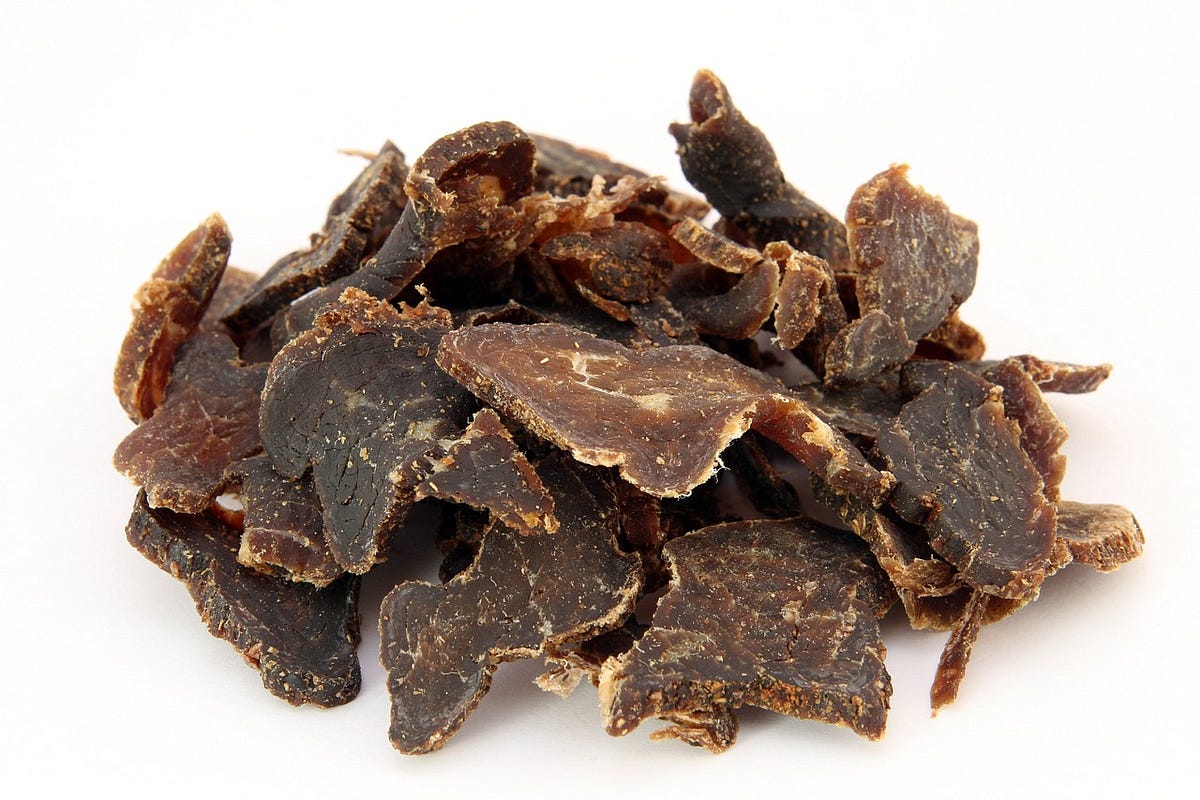

Articles
How To Store Pemmican
Modified: December 7, 2023
Learn the best method to store pemmican for long-lasting preservation. Check out our informative articles for expert tips and techniques.
(Many of the links in this article redirect to a specific reviewed product. Your purchase of these products through affiliate links helps to generate commission for Storables.com, at no extra cost. Learn more)
Introduction:
Gaining popularity as a durable and nutrient-dense food, pemmican has become a staple in many people’s diets, whether for outdoor adventures or emergency preparedness. Pemmican, a traditional food of Indigenous peoples, is a mixture of dried meat, fat, and berries, providing a high-calorie and protein-rich meal option. While pemmican can be purchased commercially, it’s also possible to make your own at home. In this article, we will explore the world of pemmican and learn how to store it properly for long-term use.
Pemmican has a long history dating back to the Native American tribes who relied on it as a vital source of sustenance during hunting and long journeys. Traditionally, it consisted of lean meat such as buffalo, deer, or elk, which was dried and ground into a powder. This powder was then mixed with melted fat from the same animal and often, supplemented with dried berries for added nutrition and taste. The resulting mixture was shaped into portable and compact blocks or cakes that could withstand extreme conditions and last for extended periods without spoilage.
Today, pemmican has gained a following among outdoor enthusiasts, hikers, campers, and preppers due to its impressive nutritional profile and long shelf life. The combination of protein from the meat, healthy fats from the rendered fat, and carbohydrates from the berries makes pemmican a complete and balanced meal option. It is also lightweight and highly portable, making it an ideal choice for those on the move or in need of a convenient source of sustenance.
However, to reap the maximum benefits of pemmican, proper storage is of utmost importance. Storing pemmican correctly ensures its longevity, flavor, and safety, allowing you to enjoy this nutritious food when you need it the most. In the following sections, we will discuss the essential factors to consider when storing pemmican, including the choice of storage containers, proper storage conditions, common mistakes to avoid, tips for prolonging shelf life, and how to check for spoilage.
Key Takeaways:
- Proper storage of pemmican is crucial for maintaining its longevity, flavor, and nutritional value. Factors such as moisture levels, temperature, and choosing the right storage containers play a vital role in preserving this versatile and nutrient-rich food.
- Regular monitoring for spoilage and implementing proper rotation practices are essential for maximizing the shelf life of pemmican. By being proactive in checking for signs of spoilage and practicing proper storage techniques, you can confidently rely on pemmican as a safe and nutritious food source.
Read more: How To Store Store-Bought Bread
What is Pemmican?
Pemmican is a traditional Indigenous food that has been used for centuries as a reliable source of sustenance during long journeys, hunting expeditions, and times of scarcity. It is a simple yet powerful food combination consisting of dried meat, rendered fat, and often berries.
The process of making pemmican involves drying lean meat until it becomes fully dehydrated. This can be done by air-drying, smoking, or using low heat. Once the meat is dried, it is ground into a fine powder. The fat, usually sourced from the same animal as the meat, is melted and mixed thoroughly with the powdered meat. Berries, such as cranberries or blueberries, may also be added to give the pemmican a touch of sweetness and additional nutrients.
The result is a high-calorie and nutrient-dense food that can sustain an individual for extended periods. Pemmican is considered an excellent source of protein, healthy fats, and carbohydrates. It is low in carbohydrates and high in fat, making it suitable for individuals following a ketogenic or low-carb diet. The combination of meat and fat provides long-lasting energy, while the berries add antioxidants and essential vitamins.
One of the key advantages of pemmican is its remarkable shelf life. It can last for months or even years when stored properly. This longevity is attributed to the low moisture content and high fat content in pemmican, which inhibits the growth of bacteria and other spoilage agents.
Historically, pemmican was an essential part of Indigenous cultures, particularly for nomadic tribes and hunters. It served as a portable and compact food source that could be easily carried during long journeys or expeditions. Pemmican provided a reliable and sustainable form of sustenance, capable of fueling the body and providing necessary nutrients even in challenging environments.
In today’s world, pemmican has gained popularity among outdoor enthusiasts, hikers, and survivalists. Its compact size, lightweight nature, and high nutritional value make it an ideal food choice for backpacking trips, camping adventures, and emergency preparedness. By understanding what pemmican is and how it is prepared, individuals can enjoy the benefits of this traditional food and support a sustainable and nutrient-rich diet.
Why Store Pemmican?
Storing pemmican is not just a matter of convenience; it is a wise choice for anyone who values preparedness and wants to ensure a steady supply of nutritious food in various situations. Here are some compelling reasons why storing pemmican is beneficial:
1. Emergency Situations: Whether you live in an area prone to natural disasters or you simply want to be prepared for unforeseen circumstances, such as power outages or economic instability, having pemmican as part of your emergency food supply can provide you with a reliable source of sustenance. Pemmican’s long shelf life and high nutritional value make it an excellent choice for extended periods of limited access to fresh food.
2. Outdoor Adventures: If you enjoy activities like hiking, camping, or backpacking, carrying lightweight and nutrient-dense food is essential. Pemmican offers a compact and highly portable option that can keep you fueled during your outdoor adventures. It provides a quick and convenient energy boost, helping you stay nourished and focused on your activities.
3. Health and Fitness: Pemmican is a nutrient-dense food that supplies essential macronutrients like protein, fats, and carbohydrates. It is an excellent source of long-lasting energy, making it an ideal choice for those engaged in high-intensity workouts, endurance activities, or anyone looking to maintain a balanced diet. By storing pemmican, you can ensure access to a healthy food option that supports your overall health and fitness goals.
4. Cost Savings: Buying pemmican in bulk or making your own can be more cost-effective compared to purchasing single-serving snacks or meals. By storing pemmican, you can take advantage of cost savings and have a stash of nutritious food ready for consumption whenever needed.
5. Food Preservation: With the right storage conditions, pemmican can last for an extended period without spoiling. Storing pemmican allows you to preserve meat and fat, ensuring that they remain safe and edible for an extended period. This can be particularly useful if you are a hunter or have access to a surplus of meat that you want to preserve for future use.
6. Self-Reliance: By storing pemmican, you become more self-reliant and less dependent on the availability of fresh food. It gives you peace of mind knowing that you have a sustainable and nutritious food source that doesn’t rely on external factors, such as grocery store availability or food delivery services.
Overall, storing pemmican offers numerous benefits, including emergency preparedness, convenience, nutritional value, cost savings, and self-reliance. By including pemmican in your long-term food storage plan, you can ensure that you are well-prepared for any situation, whether it’s an unexpected emergency or a planned outdoor adventure.
Factors to Consider when Storing Pemmican
When it comes to storing pemmican for long-term use, there are several key factors to consider to ensure its freshness, quality, and safety. By paying attention to these factors, you can extend the shelf life of your pemmican and maintain its nutritional value. Here are some important factors to keep in mind:
1. Moisture Levels: Pemmican is highly susceptible to moisture absorption, which can lead to spoilage and the growth of bacteria or mold. It is crucial to ensure that your pemmican stays dry throughout the storage period. Store your pemmican in airtight containers or packaging to protect it from moisture. Additionally, avoid storing pemmican in areas with high humidity, such as basements or damp storage spaces.
2. Temperature: Pemmican should be stored in a cool and stable temperature environment. High temperatures can cause the fat in pemmican to melt, leading to spoilage and rancidity. Avoid storing pemmican in areas exposed to direct sunlight or near sources of heat, such as stoves or heaters. Aim for a temperature range between 50°F and 70°F (10°C to 21°C) for optimal pemmican storage.
3. Darkness: Exposure to light can degrade the quality of pemmican, particularly the fat content. UV rays from sunlight can cause oxidation and spoilage. To preserve the quality and nutritional value of pemmican, store it in a dark and light-free area. If using transparent storage containers, consider wrapping them in opaque material or storing them in a dark pantry or cupboard.
4. Air Exposure: Oxidation can significantly impact the taste and quality of pemmican. It is crucial to store pemmican in airtight containers to minimize air exposure. Oxygen can accelerate the breakdown of fat and lead to rancidity. Vacuum-sealed bags or containers with tight-fitting lids are ideal for pemmican storage.
5. Pest Prevention: Insects and rodents can compromise the safety and quality of stored pemmican. To prevent infestations, store your pemmican in pest-proof containers. Ensure that containers are sealed tightly and inspect them periodically for any signs of pest activity.
6. Rotation and Monitoring: Pemmican, like any other food, should be regularly monitored and rotated to ensure freshness. Label your pemmican containers with purchase or production dates and use the first-in, first-out (FIFO) principle to ensure you consume the oldest pemmican first. Regularly check the quality and texture of pemmican to identify any signs of spoilage, such as off flavors, strange odors, or mold growth.
By considering these factors and implementing proper storage practices, you can extend the shelf life of pemmican and enjoy its nutritional benefits for an extended period. Remember to keep pemmican in a cool, dark, and dry environment, protected from moisture, air, and pests. With the right storage conditions, pemmican can remain fresh, tasty, and safe to consume for months or even years.
Choosing the Right Storage Containers
When it comes to storing pemmican, selecting the right storage containers is essential to maintain its quality, freshness, and safety. The containers you choose should provide protection from moisture, air, light, and pests. Here are some factors to consider when choosing the right storage containers for your pemmican:
1. Airtightness: Pemmican is highly sensitive to moisture and air exposure, which can lead to spoilage. To prevent moisture and air from entering the containers, opt for ones that are airtight. Containers with secure lids or those that can be vacuum-sealed are ideal for keeping pemmican fresh and safe from spoilage-causing elements.
2. Material: The material of the storage containers can also have an impact on the quality and safety of your pemmican. Look for containers made of food-safe materials that are resistant to moisture and promote an airtight seal. Glass jars with tight-fitting lids, food-grade plastic containers, or metal tins can all be suitable options for storing pemmican.
3. Size and Shape: Consider the size and shape of the containers based on your storage needs. Smaller containers can be convenient for portioning out pemmican for individual servings, while larger containers are better for bulk storage. Ensure that the containers are spacious enough to hold the pemmican without excessive compression, which can lead to the fat separating from the meat.
4. Translucent vs. Opaque: Pemmican is sensitive to light, particularly its fat content, which can easily become rancid when exposed to UV rays. Therefore, it is advisable to choose containers that are opaque or dark-colored to shield the pemmican from light. This will help maintain the quality and nutrient integrity of the pemmican over time.
5. Pest-Proof: Pests such as insects and rodents can infiltrate improperly sealed containers, compromising the safety and quality of your pemmican. Ensure that the containers are designed to be pest-proof, preventing any entry points or allowing for tight seals that keep pests out. Keep in mind that even the best containers may need to be stored in a location where pests cannot easily access them.
6. Stackability: If you need to store a large quantity of pemmican, consider containers that are stackable. This will help optimize storage space, ensuring efficient use of the available storage area. Stackable containers also make it easier to organize and access your pemmican stash, especially if you have a variety of flavors or types.
7. Labeling: Finally, consider using containers that allow for easy labeling. Clear labels indicating the date of production or purchase can help you keep track of the freshness and rotation of your pemmican. It is important to adhere to the first-in, first-out (FIFO) principle to ensure that you consume the oldest pemmican first.
By choosing the right storage containers for your pemmican, you can effectively protect it from moisture, air, light, and pests. This will help maintain its taste, quality, and nutritional value for an extended period, ensuring that you have a reliable and delicious source of sustenance whenever you need it.
Store pemmican in a cool, dry place, away from direct sunlight. It can be kept at room temperature for several months, or in the refrigerator or freezer for even longer shelf life.
Read more: How To Store Basil From Grocery Store
Proper Storage Conditions
To ensure the longevity and quality of your pemmican, proper storage conditions are crucial. Creating an environment that is cool, dry, and protected from light and air will help preserve the flavor, texture, and nutritional value of your pemmican. Consider the following factors when determining the proper storage conditions for your pemmican:
Temperature: Pemmican is best stored in a cool environment. High temperatures can cause the fat in the pemmican to melt, which can lead to spoilage and an unpleasant taste. Aim to store your pemmican in a location where the temperature remains relatively stable, ideally between 50°F and 70°F (10°C to 21°C). Avoid storing it in areas prone to temperature fluctuations, such as near ovens, stoves, or windows exposed to direct sunlight.
Humidity: Moisture is one of the main enemies of pemmican. Excessive humidity can lead to the growth of mold or bacteria, causing spoilage. Store pemmican in a dry environment with low humidity levels. Avoid storing it in places where moisture can accumulate, such as basements or areas prone to condensation. If you live in a humid climate, consider using moisture-absorbing packets or desiccant packs in your pemmican storage containers to help maintain dry conditions.
Light: Pemmican is sensitive to light, particularly its fat content. Exposure to UV rays can cause oxidation and the breakdown of fats, resulting in rancidity and a decrease in nutritional value. Keep your pemmican away from direct sunlight and store it in dark or opaque containers. If you must store your pemmican in clear containers, consider wrapping them in opaque material or storing them in a dark pantry or cupboard to minimize light exposure.
Air Exposure: Oxygen can contribute to the degradation of your pemmican over time. To minimize air exposure, store your pemmican in airtight containers that create a barrier between the pemmican and the outside environment. Vacuum-sealed bags or containers with tight-fitting lids are excellent options for preventing air from reaching the pemmican. This will help slow down the oxidation process and maintain the freshness of your pemmican.
Pest Control: Protect your pemmican from pests such as insects and rodents by storing it in pest-proof containers. Ensure that the containers have airtight seals and are made of materials that pests cannot easily penetrate. Regularly inspect your storage area for signs of pests and take appropriate measures to eliminate them if necessary. Additionally, keeping your storage area clean and free from food debris will help prevent attracting pests.
Organization: Proper organization of your pemmican storage area is essential for maintaining quality and ease of access. Keep your pemmican containers neatly arranged and labeled with the date of production or purchase. Practice the first-in, first-out (FIFO) method, consuming the oldest pemmican first to ensure freshness and rotate through your stock effectively.
By implementing the proper storage conditions outlined above, you can extend the shelf life of your pemmican and ensure that it remains fresh, flavorful, and safe to consume for an extended period. Remember to store pemmican in a cool, dry, dark, and airtight environment, protected from moisture, light, air exposure, and pests. With proper storage conditions, you can enjoy the nutritional benefits of pemmican whenever you need it.
Avoiding Common Storage Mistakes
Proper storage is crucial for maintaining the quality and longevity of your pemmican. However, there are common storage mistakes that can compromise the taste, texture, and nutritional value of your pemmican. By being aware of these mistakes and taking necessary precautions, you can maximize the shelf life and enjoyment of your pemmican. Here are some common storage mistakes to avoid:
1. Exposing Pemmican to Moisture: Moisture is one of the primary enemies of pemmican. Avoid storing pemmican in environments with high humidity or areas prone to moisture accumulation. Moisture can lead to mold growth, spoilage, and bacterial contamination. Always store your pemmican in dry conditions and in airtight containers or packaging to protect it from moisture exposure.
2. Storing Pemmican in Inadequate Containers: Choosing the right storage containers is critical for preserving your pemmican. Avoid using containers that are not airtight or that allow light to penetrate. Inadequate storage containers can ruin the flavor and texture of the pemmican and increase the likelihood of spoilage. Opt for airtight containers made of food-safe materials that protect against moisture, air, and light.
3. Storing Pemmican in Inappropriate Locations: The storage location can significantly impact the quality of your pemmican. Avoid storing pemmican in areas exposed to direct sunlight, heat sources, or extreme temperature fluctuations. High temperatures can cause the fat to melt, while excessive heat or sunlight can lead to the degradation of nutrients. Choose a cool, dry, and dark location for pemmican storage, such as a pantry or cupboard.
4. Neglecting Proper Rotation: Relying on the principle of first-in, first-out (FIFO) is crucial for ensuring the freshness of your pemmican. Neglecting proper rotation can result in the consumption of older pemmican while the newer batches remain unused. This can lead to decreased quality and potential waste. Label your pemmican containers with the production or purchase date and practice FIFO to consume the oldest pemmican first.
5. Failing to Monitor for Spoilage: Regularly monitoring your pemmican for signs of spoilage is essential for food safety. Check for any off flavors, unusual odors, or mold growth. If you notice any signs of spoilage, discard the affected pemmican immediately. By neglecting to monitor for spoilage, you risk consuming pemmican that may be unsafe or unpleasant to eat.
6. Storing Pemmican Near Strong Odors: Pemmican can easily absorb strong odors from its surroundings. Avoid storing it near items with strong smells, such as cleaning products or pungent foods. Seal pemmican containers tightly, or consider using odor-resistant packaging to prevent cross-contamination of flavors and odors.
7. Overpacking Pemmican: While it’s tempting to pack as much pemmican as possible into a single container, overpacking can lead to the crushing or compression of the pemmican. This can cause the fat to separate from the meat or affect the overall quality of the pemmican. Avoid overpacking by using containers that provide enough space for the pemmican to retain its shape and texture.
By avoiding these common storage mistakes, you can ensure that your pemmican remains fresh, flavorful, and safe to consume. Proper storage practices and attention to detail will maximize the shelf life and enjoyment of your pemmican, allowing you to make the most of this nutrient-dense and versatile food.
Tips for Prolonging Pemmican Shelf Life
Pemmican is a valuable and nutrient-rich food that can be stored for an extended period with the right precautions. To ensure the longest possible shelf life for your pemmican, consider implementing the following tips:
1. Use Proper Storage Containers: Choose airtight containers that provide an effective barrier against moisture, air, light, and pests. Consider using vacuum-sealed bags or containers with tight-fitting lids to minimize air exposure and maintain freshness.
2. Store in a Cool Environment: Keep your pemmican in a cool location with stable temperatures. Avoid storing it in areas exposed to heat sources or direct sunlight, as this can lead to fat melting and spoilage. Ideally, maintain the storage temperature between 50°F and 70°F (10°C to 21°C).
3. Minimize Exposure to Light: Protect your pemmican from light which can cause oxidation and degrade its quality. Store pemmican containers in a dark pantry or cupboard, or use opaque containers that block out light. This will help preserve the taste, nutritional value, and prevent fat rancidity.
4. Maintain a Low Humidity Environment: Moisture can lead to spoilage and mold growth in pemmican. Store your pemmican in a dry environment with low humidity levels. Consider using moisture-absorbing packets or desiccant packs in your storage containers to keep moisture at bay.
5. Rotate and Monitor: Practice the first-in, first-out (FIFO) principle to ensure that you consume the oldest pemmican first. Regularly inspect your pemmican for any signs of spoilage, such as off flavors, unusual odors, or mold growth. This allows you to discard any compromised pemmican and preserve the quality of the remaining stock.
6. Keep Away from Strong Odors: Pemmican can easily absorb strong odors from its surroundings. Avoid storing it near items with strong smells, as this can affect the taste and aroma of your pemmican. Seal your pemmican tightly and consider using odor-resistant packaging for added protection.
7. Store in a Pest-Proof Area: Protect your pemmican from pests by storing it in a location that is inaccessible to insects and rodents. Use pest-proof containers and regularly inspect your storage area for signs of infestation. Keeping your storage area clean and free from food debris will help deter pests.
8. Consider Freezing: If you want to extend the shelf life of your pemmican even further, you can freeze it. Freezing pemmican can help preserve its quality for several years. Divide the pemmican into portion sizes, wrap them tightly in freezer-safe packaging, and store them in the freezer. Thaw only the portions you plan to consume to avoid repeated freezing and thawing.
By following these tips, you can prolong the shelf life of your pemmican and ensure its freshness and nutritional value. Proper storage conditions, regular monitoring, and attention to detail will allow you to enjoy your pemmican for an extended period, whether it’s for emergency preparedness or outdoor adventures.
Checking Pemmican for Spoilage
Regularly checking your pemmican for signs of spoilage is crucial for ensuring its safety and quality. While pemmican has a long shelf life when stored properly, it is still important to monitor it for any indications of spoilage. Here are some key signs to look for when checking pemmican:
1. Off Flavors or Odors: Pay attention to the smell and taste of your pemmican. If you notice any unusual or off-putting flavors or odors, it may be an indication of spoilage. Spoiled pemmican can have a sour, rancid, or musty smell and taste. If the pemmican tastes different from its usual flavor, it is best to err on the side of caution and discard it.
2. Mold or Unusual Growth: Inspect your pemmican for any signs of mold or unusual growth. Mold growth can occur on the surface of the pemmican or within it. If you see any fuzzy spots, green or black patches, or powdery substances, it is a clear sign of spoilage. Mold can produce harmful toxins and should not be consumed.
3. Changes in Texture: Observe the texture of your pemmican. If you notice any changes, such as excessive dryness, sogginess, or a slimy texture, it may indicate spoilage. Pemmican should have a firm and dry texture, so any deviation from that could be an indication of a problem.
4. Fat Separation: Pemmican contains fat, which should be evenly distributed throughout the mixture. If you find that the fat has separated from the meat and forms a visible layer or pockets, it can be a sign of deterioration. Fat separation can occur due to improper storage conditions or prolonged storage.
5. Pest Infestation: Check your pemmican containers for signs of pest infestation. Look for any holes, bite or gnaw marks, or evidence of insects or rodents. Pests can compromise the safety and quality of your pemmican, so it’s essential to act promptly if you suspect an infestation.
6. Date of Storage: Keep track of the date when you stored your pemmican. Even if the pemmican shows no visible signs of spoilage, it is still essential to monitor it based on the storage duration. Pemmican can remain safe to consume for a long time when stored properly, but it is always wise to be mindful of the storage timeline.
If you observe any of these signs of spoilage, it is best to err on the side of caution and discard the affected pemmican. Consuming spoiled pemmican can result in foodborne illnesses and is not worth the risk. Remember to practice proper storage techniques, regular monitoring, and rotation to ensure that your pemmican remains fresh, safe, and enjoyable for as long as possible.
By checking your pemmican for spoilage and being proactive in maintaining its quality, you can confidently rely on your pemmican stash as a nutritious and safe food source in various situations.
Read more: How To Store Arrows
Conclusion
Pemmican is a versatile and nutrient-rich food that has been used for centuries as a reliable source of sustenance. Whether you’re an outdoor enthusiast, a prepper, or someone looking to incorporate a highly nutritious food into your diet, proper storage of pemmican is vital to ensure its longevity, freshness, and safety.
By considering factors such as moisture levels, temperature, light exposure, and choosing the right storage containers, you can extend the shelf life of your pemmican and maintain its nutritional value. Avoiding common storage mistakes, monitoring for spoilage, and practicing proper rotation will further enhance the quality of your pemmican stash.
Pemmican’s ability to withstand harsh conditions and provide a complete and balanced meal makes it an indispensable food option for emergency preparedness and outdoor adventures. By storing pemmican in a cool, dry, and dark place, protected from moisture, air, light, and pests, you can ensure that it remains fresh, flavorful, and safe for an extended period.
Remember to regularly check your pemmican for signs of spoilage such as off flavors, odor, mold growth, and changes in texture. It is crucial to discard any pemmican that shows signs of spoilage to avoid foodborne illnesses and maintain the integrity of your pemmican stock.
In conclusion, proper storage of pemmican is essential to maximize its shelf life, preserve its nutritional value, and ensure its safety. By implementing the tips and best practices outlined in this article, you can confidently store your pemmican and enjoy its benefits whenever you need a reliable and nutrient-dense food source. Whether you’re preparing for emergencies, embarking on outdoor adventures, or simply seeking a convenient and nutritious meal option, pemmican is a worthwhile addition to your long-term food storage plan.
Frequently Asked Questions about How To Store Pemmican
Was this page helpful?
At Storables.com, we guarantee accurate and reliable information. Our content, validated by Expert Board Contributors, is crafted following stringent Editorial Policies. We're committed to providing you with well-researched, expert-backed insights for all your informational needs.
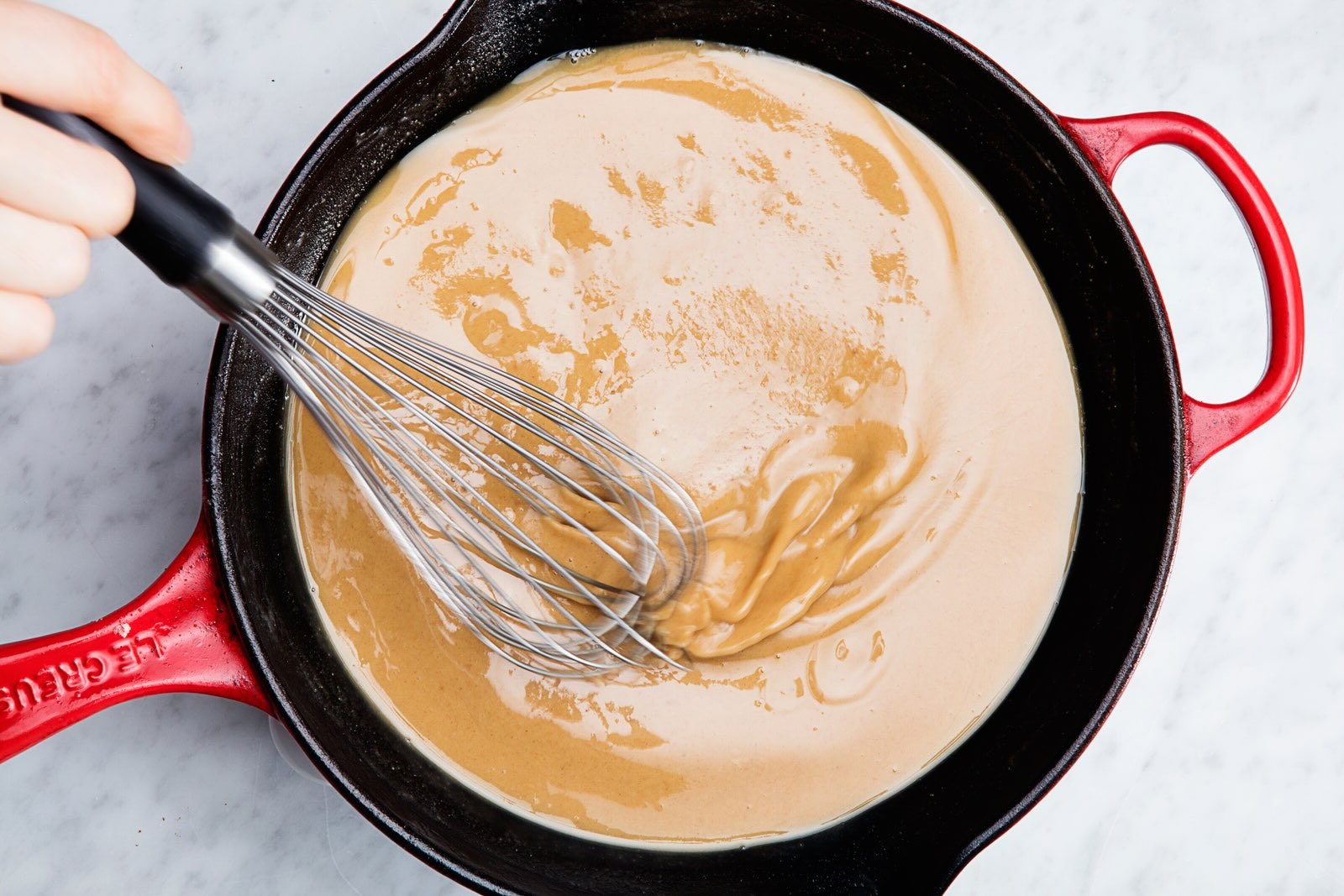
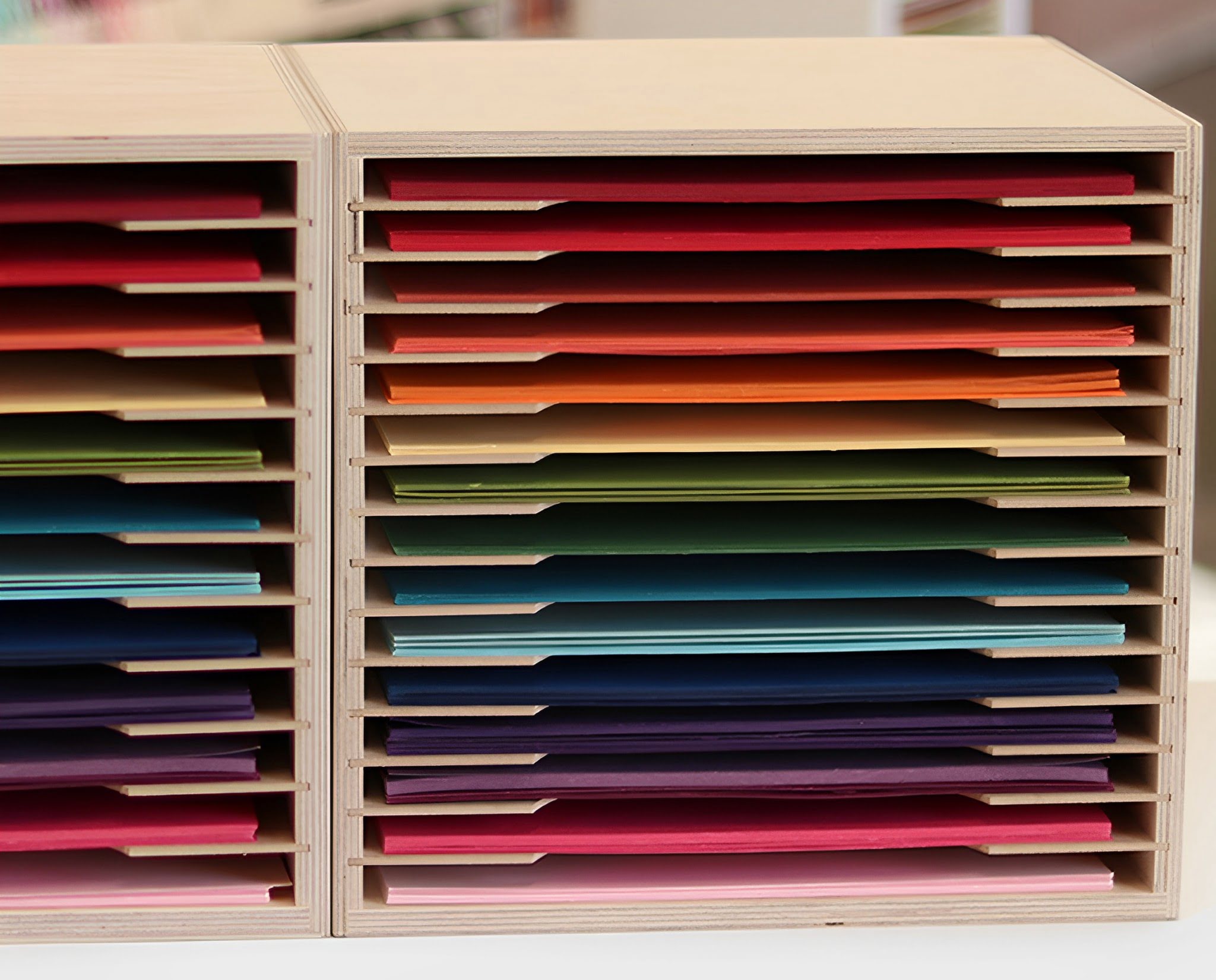
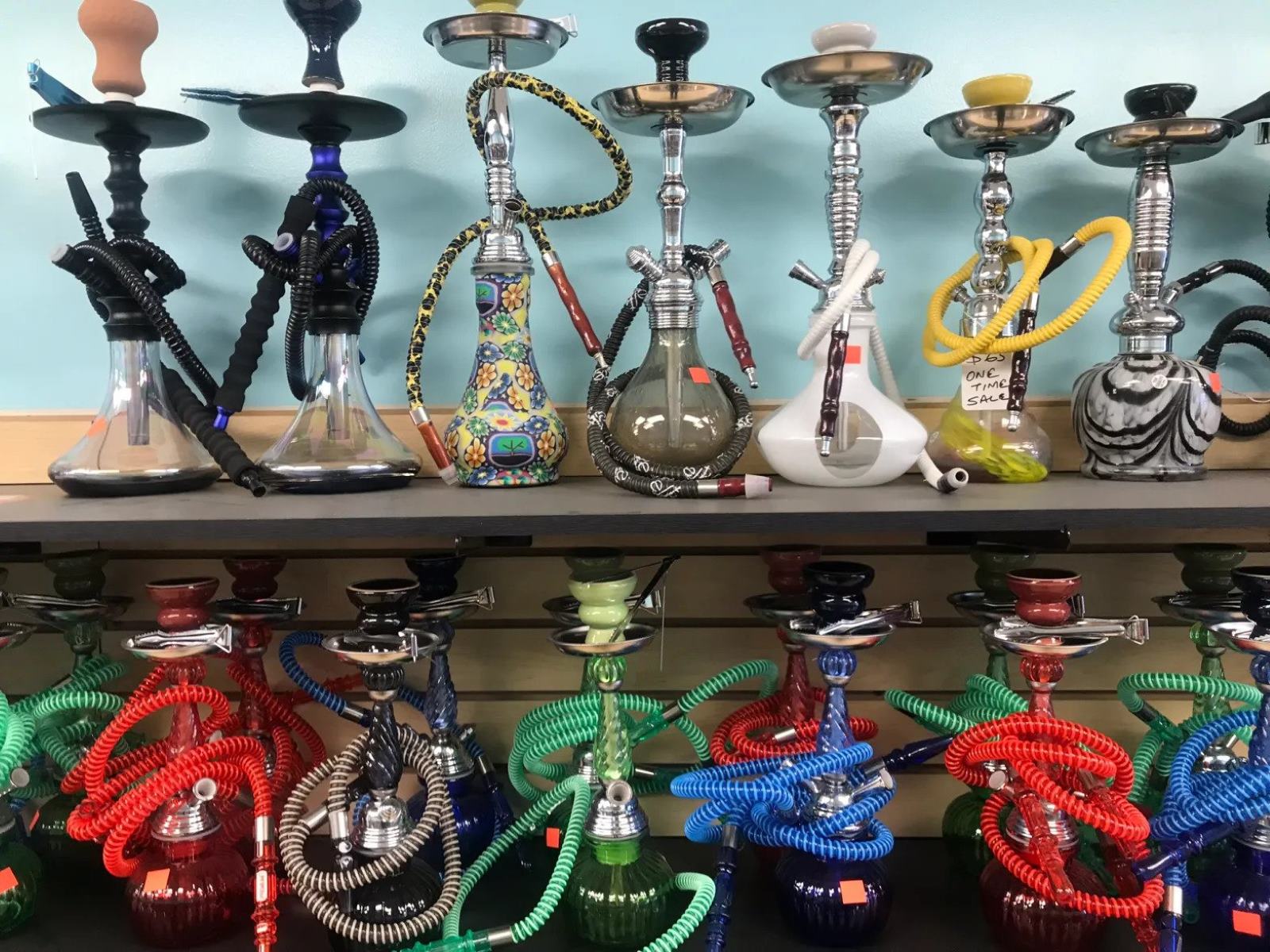


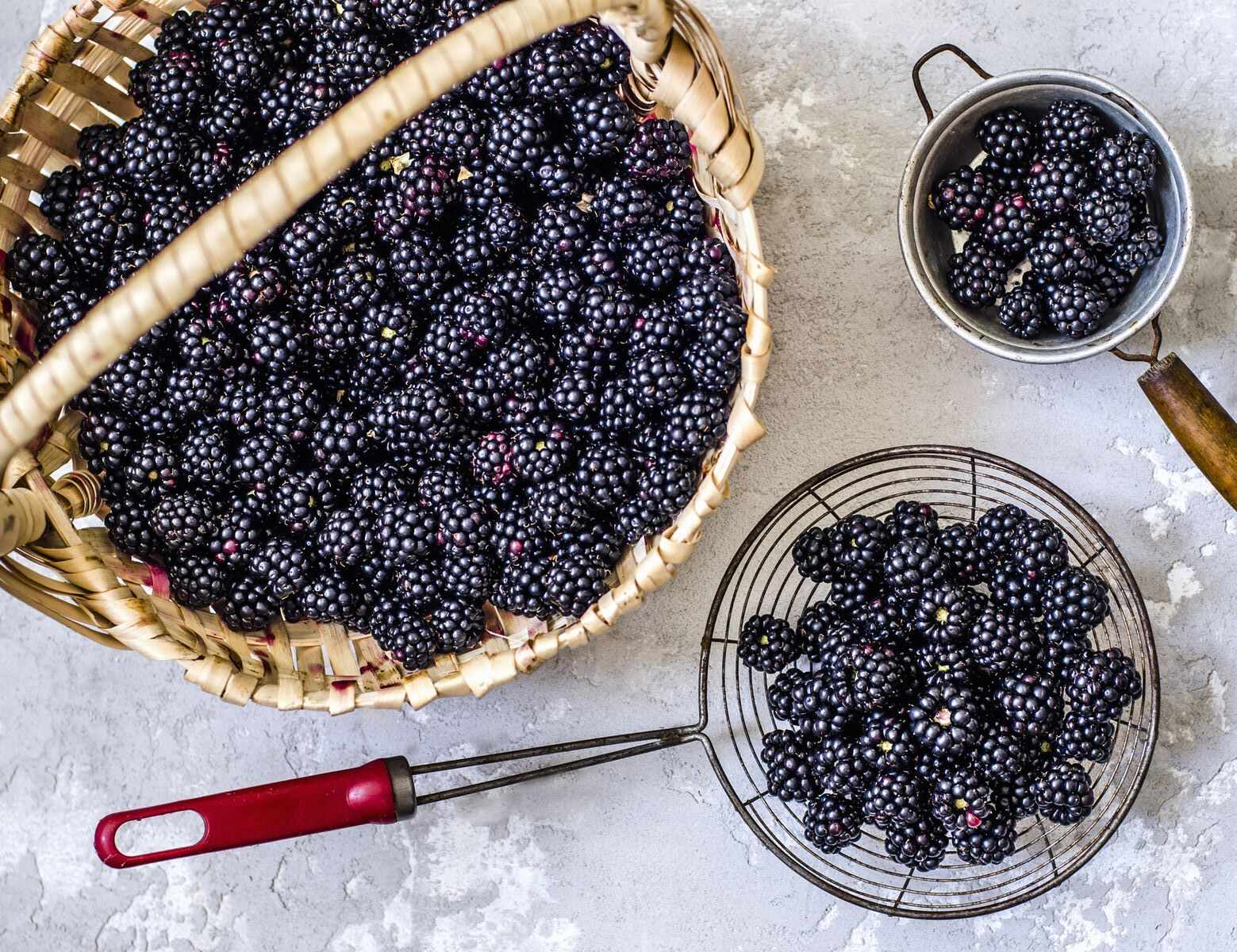

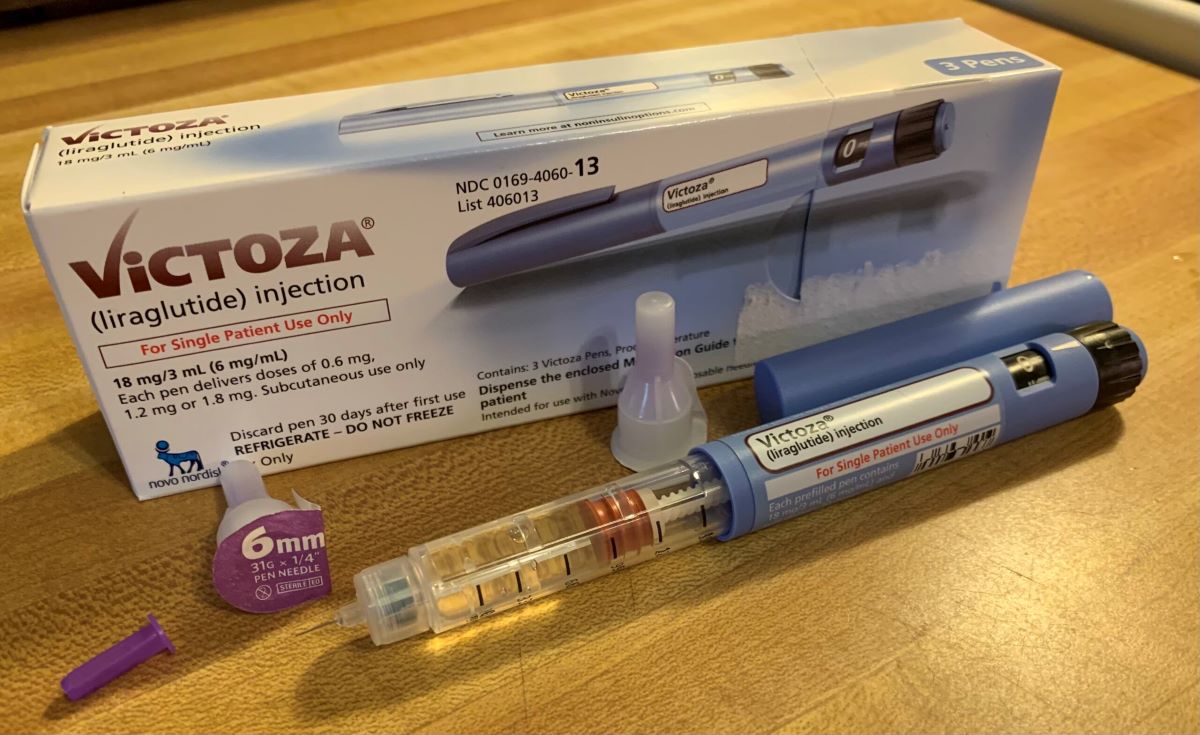
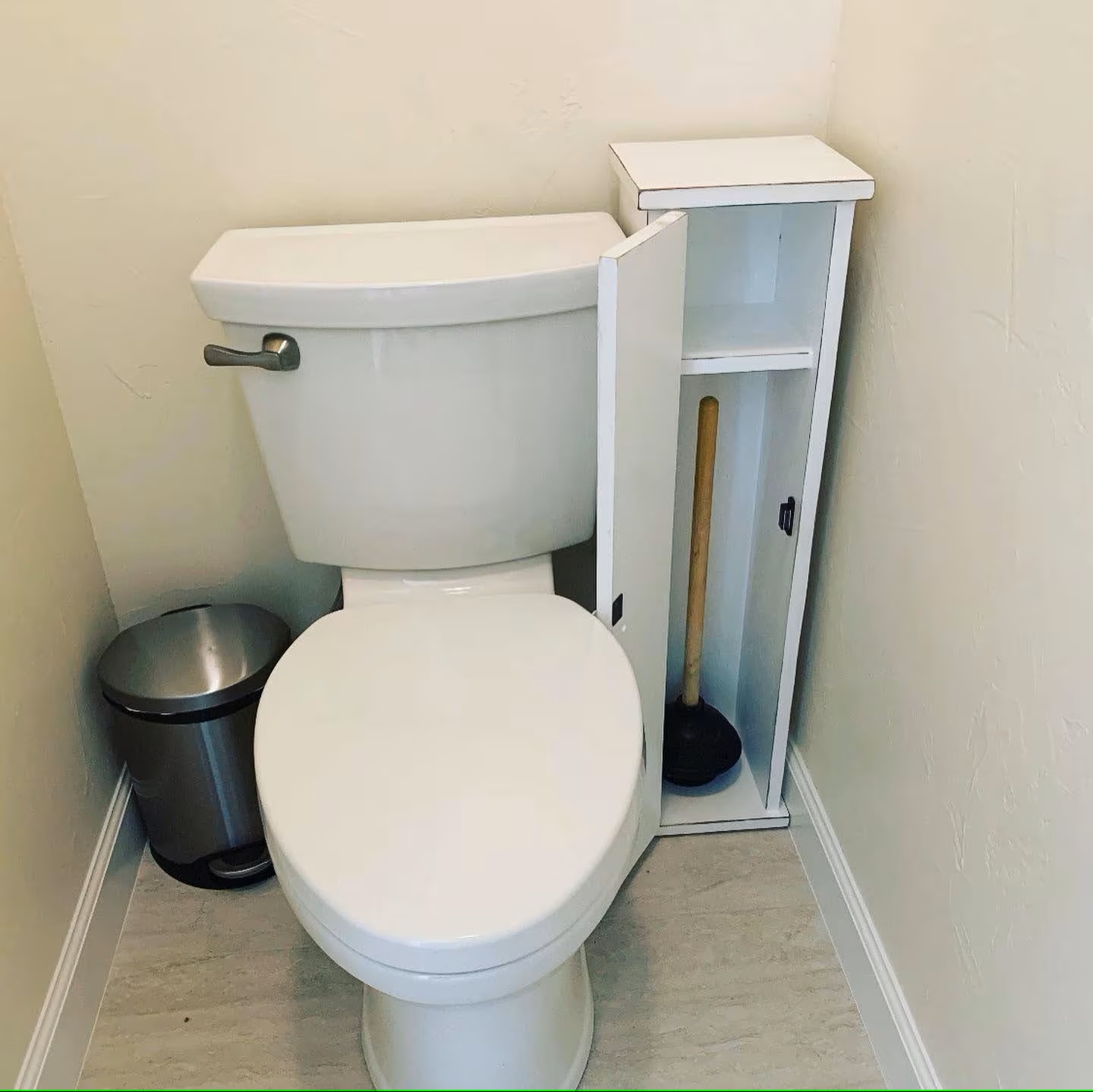
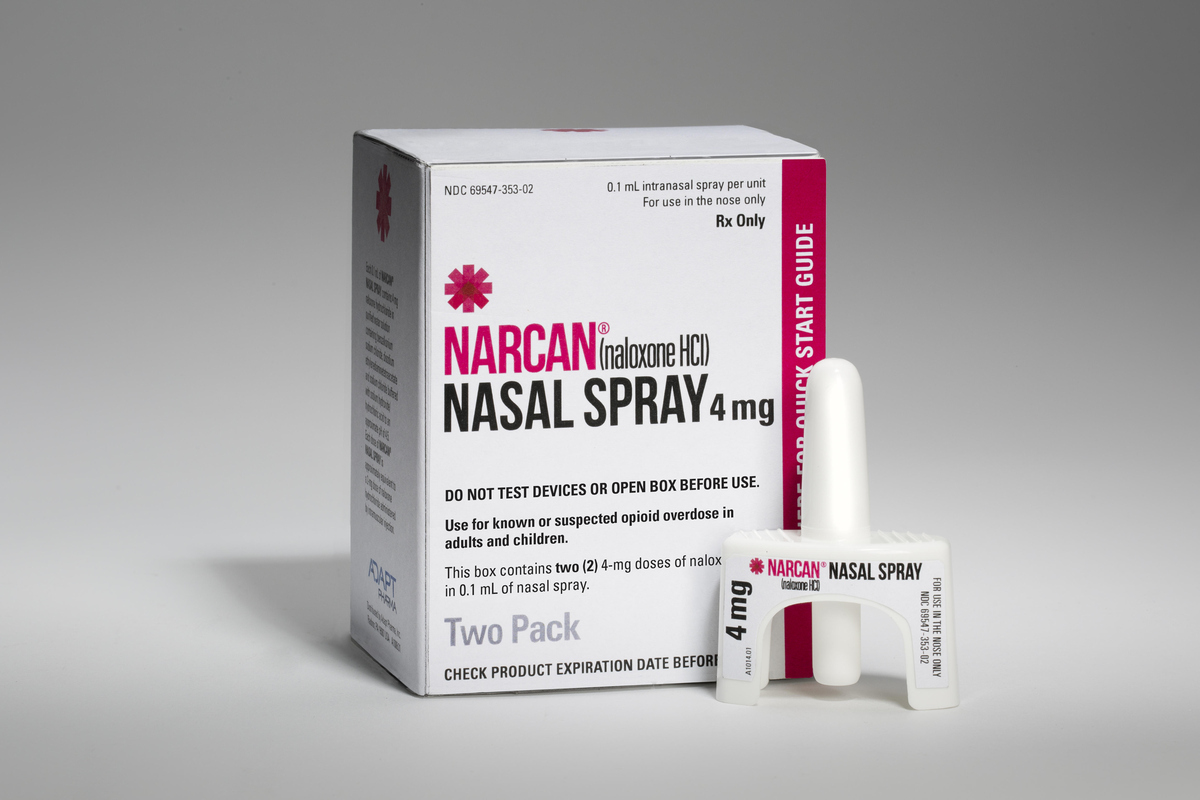
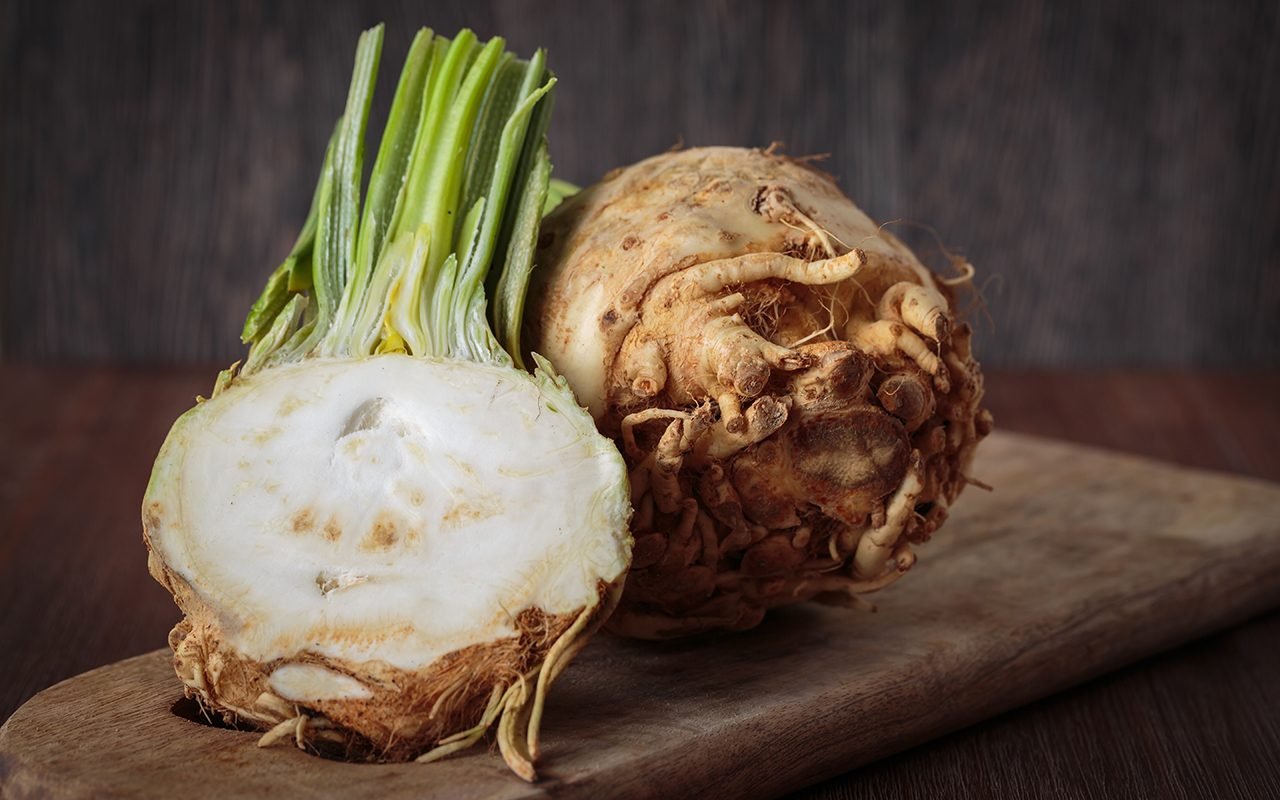
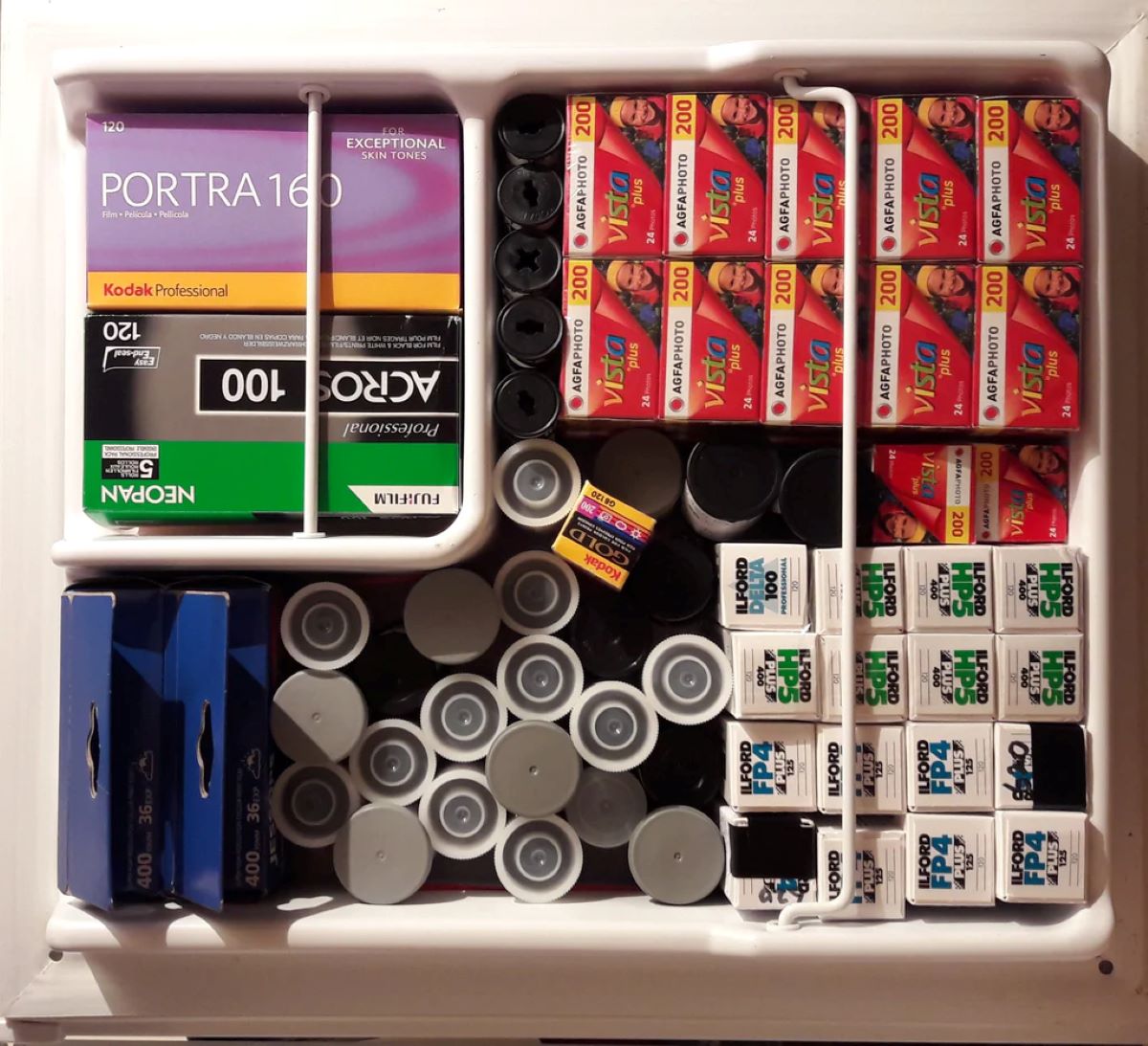
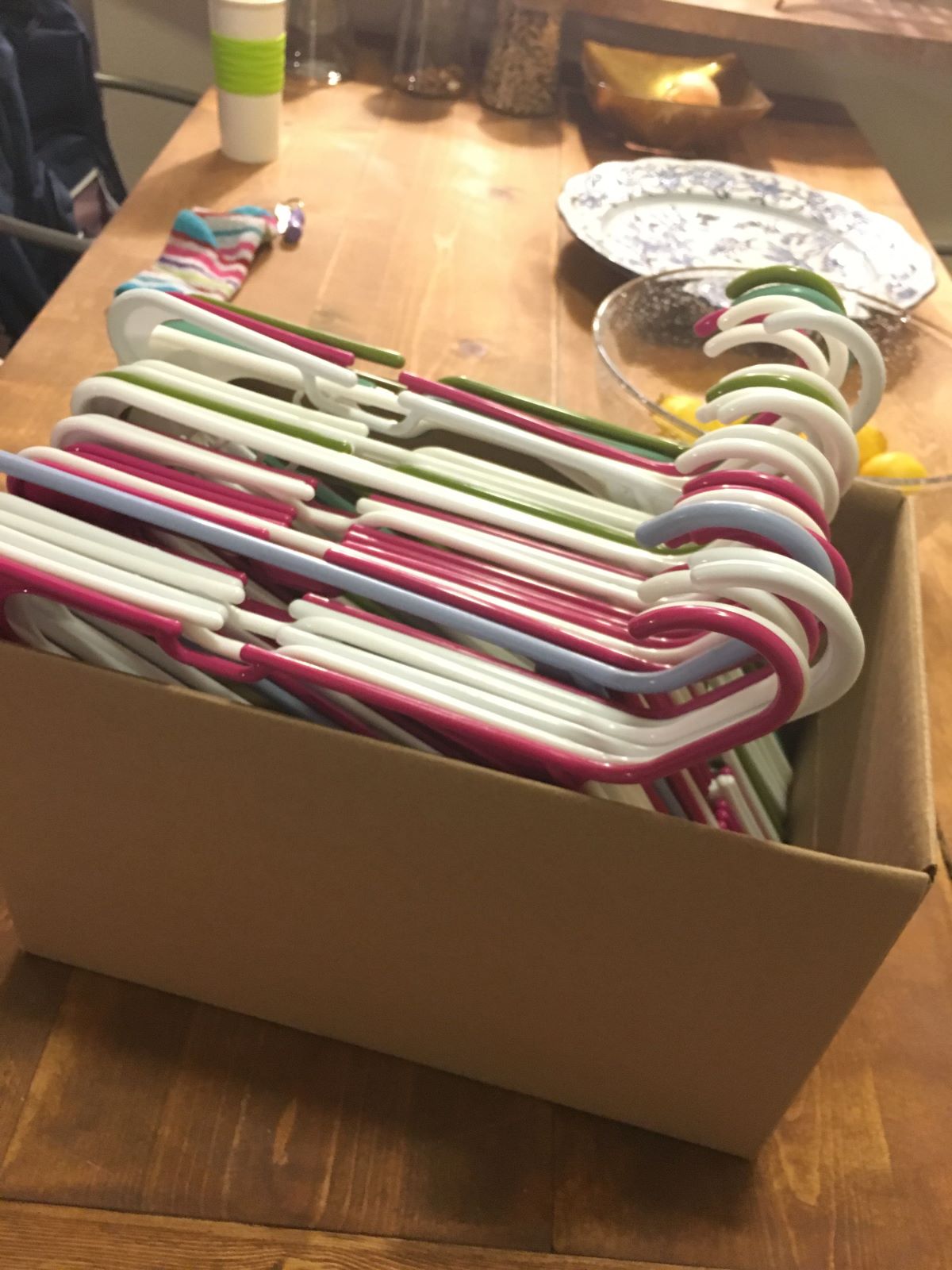

0 thoughts on “How To Store Pemmican”